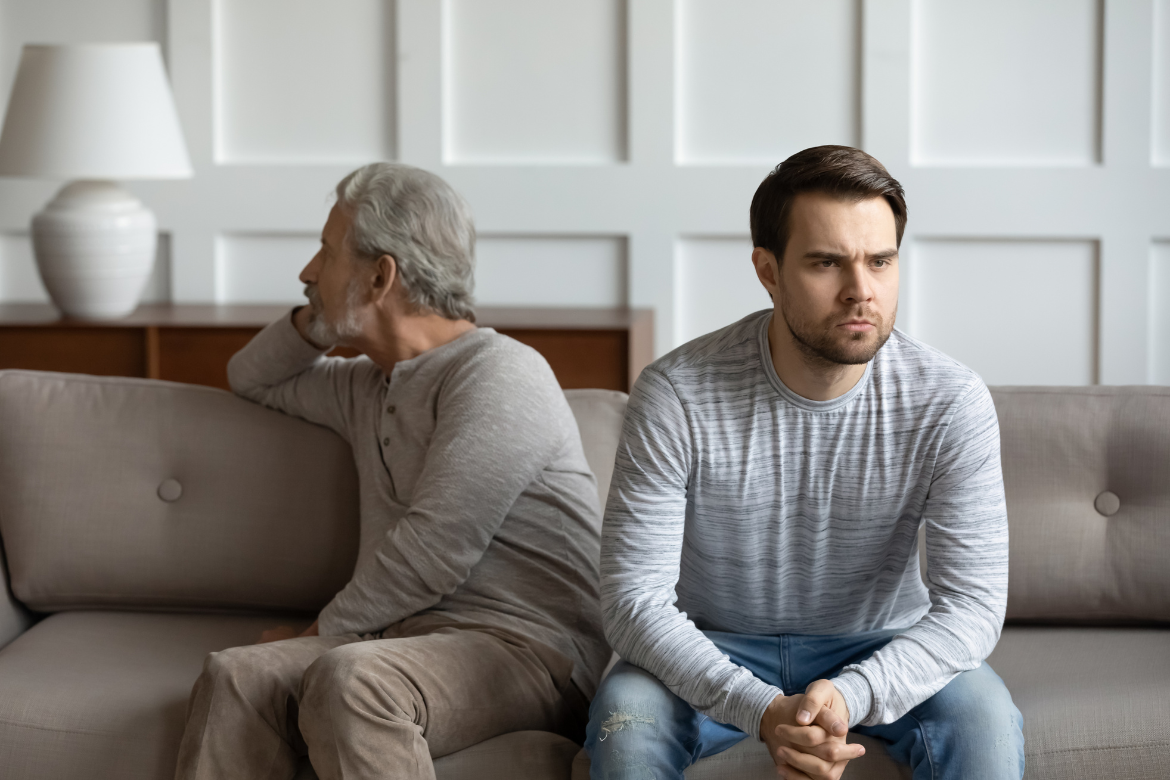

Adult Children of Emotionally Immature Parents
by Counseling and Wellness Center of PittsburghDecember 7, 2023 abuse, adult children of emotionally immature parents, borderline personality disorder, boundaries, BPD, BPD Relationships, complex trauma, counseling for trauma, cptsd, dysfunctional family, emotionally immature parents, family counseling, family estrangement, generational trauma, invalidation, Narcissistic mother, Narcissistic parents, narcissistic personality disorder, Personality disorders, pittsburgh, resilience to trauma, therapy for trauma, toxic family, toxic parents, trauma, trauma counseling, trauma informed care, trauma therapy, traumatic childhood, victim blaming1 comment
Adult Children of Emotionally Immature Parents
Being a parent is a big responsibility. And sometimes, parents find it difficult to work through their emotions. A parent’s inability to be emotionally mature, often referred to as emotionally immature parents, can make things complicated for their kids and the entire family as a whole.
The...Learn More
What is Trauma? Types, Symptoms, and Treatments
by Counseling and Wellness Center of PittsburghDecember 7, 2022 counseling for trauma, help for trauma victims, resilience to trauma, therapy for trauma, trauma, trauma counseling, trauma informed care, trauma therapy, types of trauma, what is trauma0 comments
What is Trauma?
When you hear the word trauma or trauma counseling what comes to mind? It is common for people to hear the word trauma and think of those one-time catastrophic events (car accidents, assault, robbery, natural disasters, etc.) that result in major injuries like broken bones, head injuries, or lacerations, and symptoms of post traumatic stress disorder...Learn More
Hands off-Please Do Not Touch My Body, Yoga and Consent.
by Counseling and Wellness Center of PittsburghSeptember 30, 2018 counseling for anxiety, counseling for PTSD, psychotherapist, touch, yoga for trauma0 comments
Consent, Please Do Not Touch My Body
Hands off-Please Do Not Touch My Body.
Closeness is sacred and powerful, and we should share it however we would like with a partner or partners with whom we have provided consent. Personally, I am a ‘toucher’, meaning I am a person who enjoys touch with my partner, someone who hugs family and friends and genuinely savors safe closeness. As we...Learn MoreAcute Stress Disorder
by Counseling and Wellness Center of PittsburghApril 2, 2018 anxiety, anxiety therapy pittsburgh0 comments
Acute Stress Disorder
Acute stress disorder is a form of anxiety disorder which develops shortly or immediately after exposure to a traumatic event in which real or threatened harm or injury was experienced or threatened to the self or other. Acute Stress Disorder differs from Post-Traumatic Stress disorder in the time from in which the associated symptoms are exhibited. To reach the...Learn More